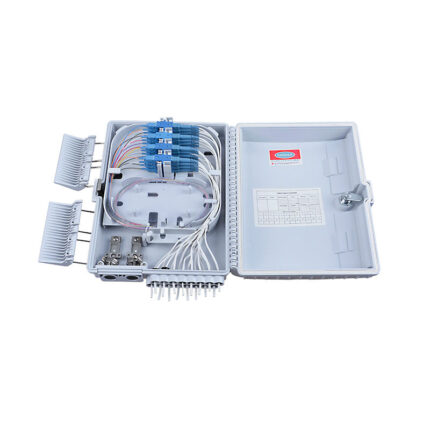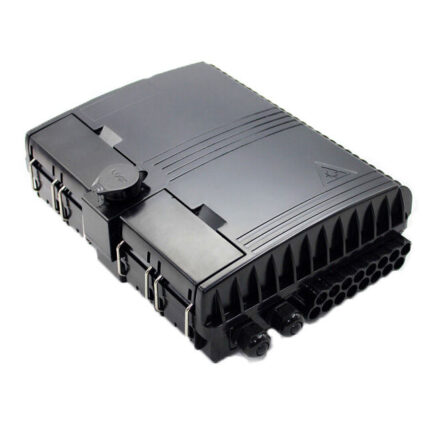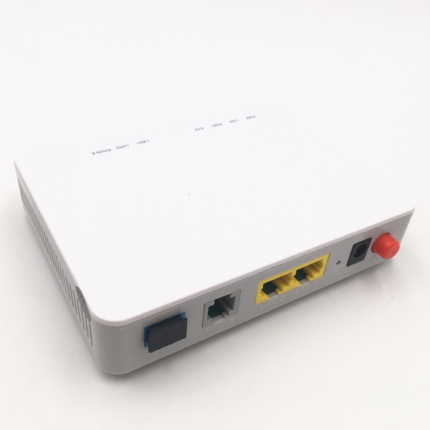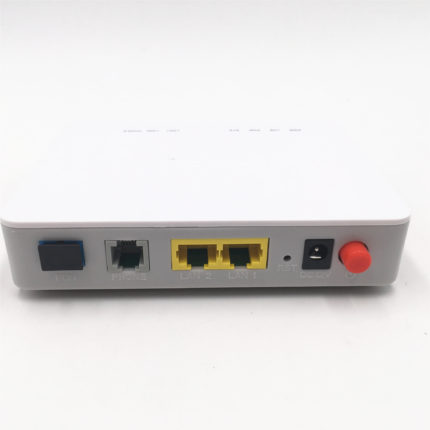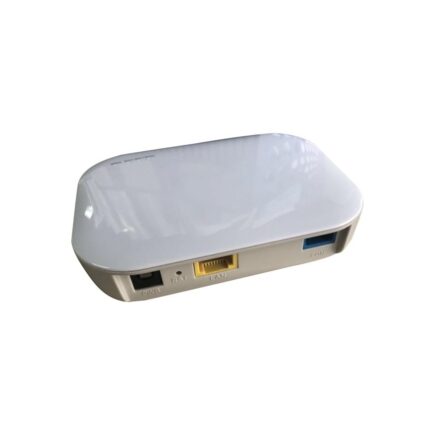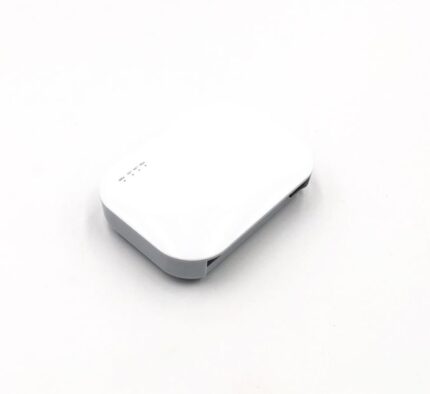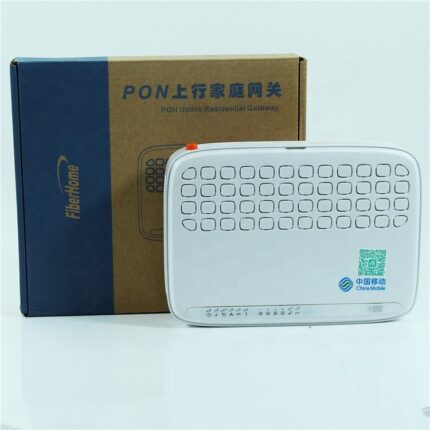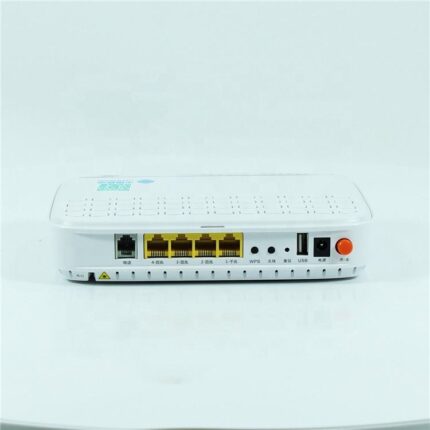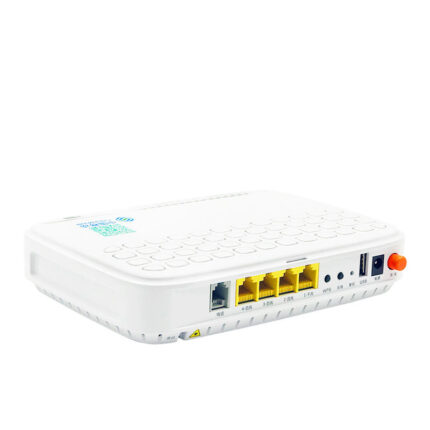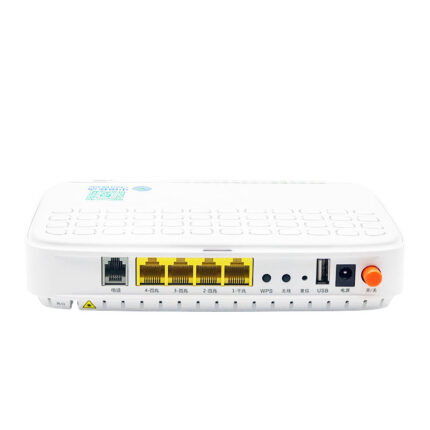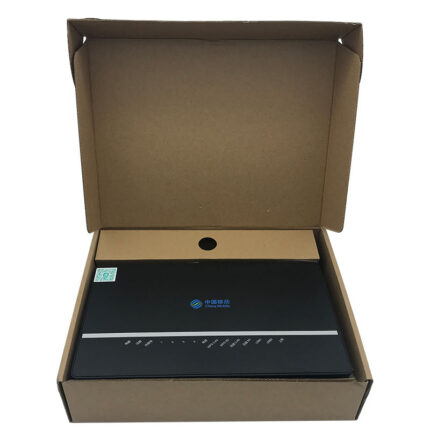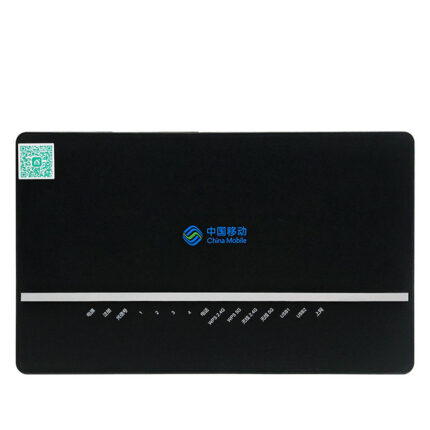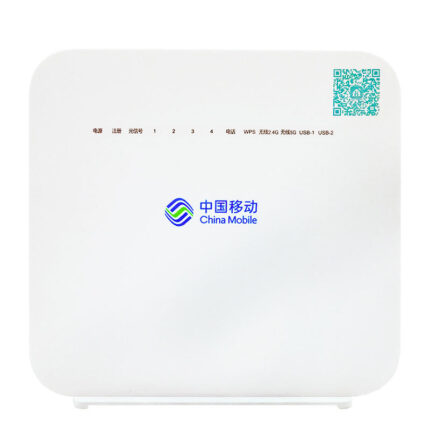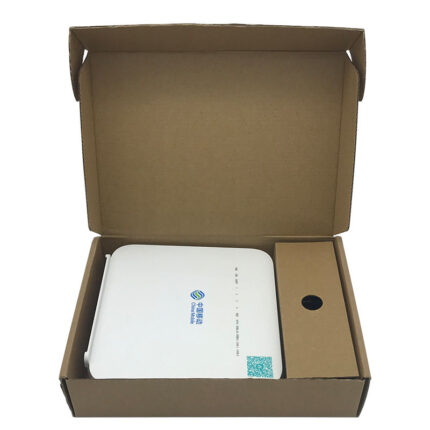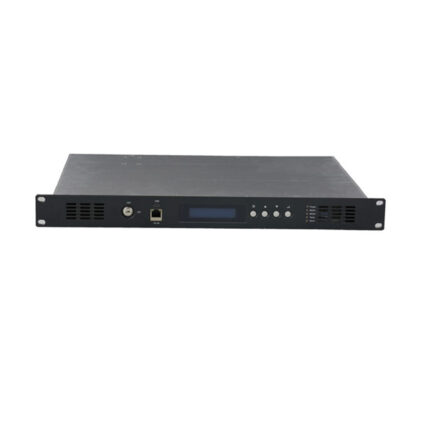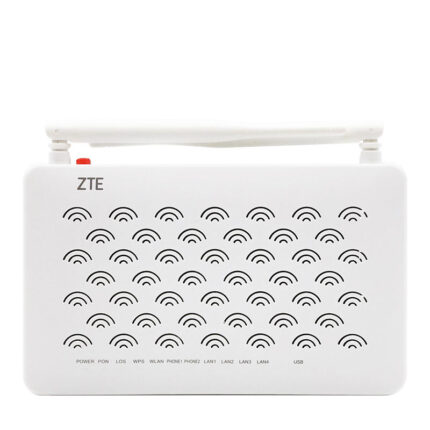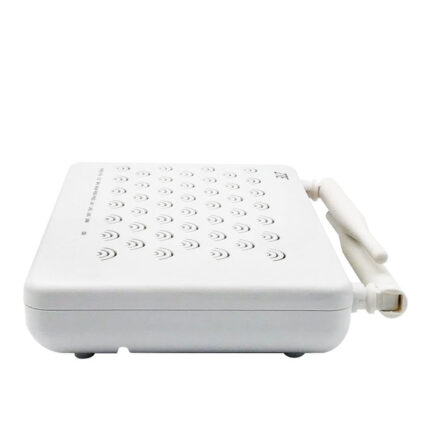Introduction
The 4/6/8 Port Fiber Optic Patch Panel, also known as an Optical Distribution Frame (ODF), is a crucial component for organizing and managing fiber optic connections in network infrastructures. These patch panels are designed to house, protect, and distribute optical fibers, providing a neat and efficient solution for various networking environments.
4/6/8 port Fiber Optic Key Features
- Port Configurations:
- 4, 6, and 8 Ports: Available in configurations with 4, 6, or 8 ports, allowing for flexibility in accommodating different network sizes and requirements.
- Scalability: Easily scalable to meet future network expansion needs by adding additional patch panels as required.
- Robust Construction:
- Material: Constructed from high-quality, durable materials such as powder-coated steel or aluminum, ensuring long-term durability and protection.
- Design: The sturdy design provides protection against physical damage, dust, and other environmental factors, ensuring the integrity of the fiber connections.
- Efficient Fiber Management:
- Cable Management: Features built-in cable management systems that organize and secure cables, reducing the risk of fiber damage and ensuring optimal signal performance.
- Splice Trays: Includes splice trays for organizing and protecting fiber splices, enhancing the reliability and maintainability of the network.
- Ease of Installation and Maintenance:
- User-Friendly Design: Designed for easy installation with mounting brackets and accessories, making it suitable for wall-mounted or rack-mounted setups.
- Accessibility: Provides easy access to fibers and connections, simplifying maintenance and reducing downtime during network adjustments or repairs.
- Versatility:
- Connector Compatibility: Compatible with a wide range of fiber optic connectors, including SC, LC, ST, and FC types, catering to various network standards and requirements.
- Application Flexibility: Suitable for use in different environments such as data centers, telecommunications rooms, enterprise networks, and FTTH (Fiber to the Home) applications.
Applications
- Data Centers: 4/6/8 port Fiber Optic Ideal for managing high-density fiber optic connections in data center environments, ensuring organized and efficient network setups.
- Telecommunications: Used in telecommunications infrastructure to protect and manage fiber optic cables, supporting reliable and high-speed communications.
- Enterprise Networks: Suitable for enterprise network environments where organized fiber management is critical for network performance and scalability.
- FTTH (Fiber to the Home): Supports FTTH deployments by providing a robust solution for distributing fiber optic connections to residential and commercial premises.
Benefits
- Organized Cabling: Provides a tidy and organized solution for managing fiber optic cables, reducing clutter and improving network performance.
- Enhanced Protection: Protects fiber optic connections from physical damage and environmental factors, ensuring long-term reliability.
- Scalability: Offers scalability for network growth, allowing for easy addition of new fiber connections without significant reconfiguration.
- Cost-Effectiveness: Reduces maintenance costs and downtime through efficient cable management and easy accessibility for repairs and adjustments.
For more: Click Here

